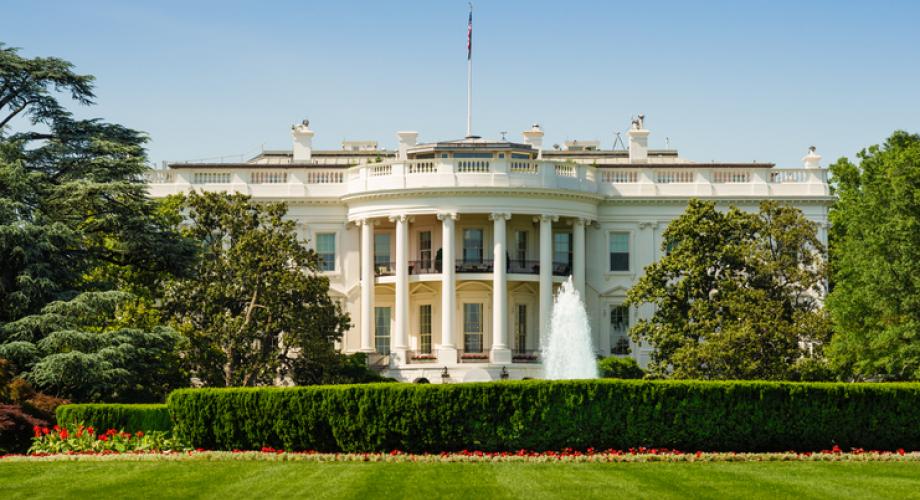On May 16, the White House released the Biden-Harris Administration Housing Supply Action Plan which aims to ease the burden of housing costs over time by boosting the supply of quality housing in every community.
The plan has two key pillars to increase housing supply: reduce restrictive land use policy at the local level and expand financing opportunities to build affordable housing. Each priority also includes several regulatory and legislative proposals. While the latter require Congressional action, these priorities signal the Administration’s vested interest in these housing policy solutions and commitment to address the nation’s housing affordability challenges.
Highlights of the rental housing provisions in Biden’s Plan are as follows:
Incentives for Zoning Reform
- Administrative Actions
- The Department of Transportation will give preference to jurisdictions that enact zoning reforms and reduce regulatory barriers to housing development for certain grants totaling roughly $6 billion. It will also increase financial support for some projects that include residential development.
- The U.S. Economic Development Administration will update its investment priorities to include density as a consideration for its next round of grants.
- Legislative Proposals
- Establish the Unlocking Possibilities Program which would create a $1.75 billion grant program for states and localities to reduce unnecessary regulatory barriers.
- Provide $10 billion to the Department of Housing and Urban Development (HUD) to reward jurisdictions which have already undertaken pro-housing zoning reforms.
New Financing
- Administrative Actions
- The Federal Housing Administration (FHA) and Federal Housing Finance Agency (FHFA) will explore ways to finance renovation and construction of accessory dwelling units.
- Legislative Proposals
- Allocate $25 billion in grants for multifamily and single-family affordable housing production which would be distributed to state and local housing finance agencies in order to tailor development to regional needs.
Improving Existing Financing Opportunities
- Administrative Actions
- Fannie Mae and Freddie Mac (The Enterprises) will seek to expand and market their forward commitment programs, which help developers pay off a construction loan when the project is completed. The FHFA and Fannie Mae will also explore the feasibility of purchasing Construction to Permanent multifamily loans.
- The Department of the Treasury (Treasury) is encouraging jurisdictions to use their American Rescue Plan funds to build more affordable housing.
- Treasury will allow recipients of the Low-Income Housing Tax Credits (LIHTC) to average the income of their projects’ residents in order to meet their affordability requirements.
- HUD will update its guidance on the HOME Investment Partnerships Program which provides grants for several housing-related projects.
- HUD and Treasury agreed to restart the Federal Financing Bank’s Risk Sharing program last September. This program offers reduced interest rates on loans to local housing finance agencies to create and preserve affordable housing.
- The Administration will work to reduce transaction costs and duplication associated with accessing multiple sources of federal financing.
- The Department of Agriculture has reduced initial and annual guarantee fees for lenders under the Section 538 program in order to increase multifamily housing development.
- HUD will provide funding to Tribal Communities through the Indian Housing Block Grant to increase affordable housing.
- Legislative Proposals
- Increase funding and for the LIHTC.
- Expand federal subsidies for housing programs that produce and preserve affordable housing such as the Housing Trust Fund, the HOME Program, Housing Choice Voucher Program and the Project Based Rental Assistance Program.
- Increase investments in public housing.
- Provide funding to construct and rehabilitate 10,000 HUD-assisted multifamily properties in rural America.
Addressing Material Costs and Labor Supply
- Administrative Actions
- Administration leaders will meet with building industry representatives to explore ways of reducing supply chain disruptions.
- The Administration will promote innovation in the housing industry such as modular construction.
- Legislative Proposals
- Increase funding for apprenticeship programs in the construction industry.
NAA commends the Biden Administration for their continued commitment to addressing the nation’s housing needs. The White House notes, however, that these administrative steps alone will not correct the decades of underdevelopment and lack of governmental support for affordable housing. NAA continues it work to drive forward short- and long-term, sustainable solutions that meaningfully address the nation’s housing affordability challenges and support renters who need more time to recover from the financial impacts of the pandemic. Legislative action, such as passing the Yes In My Backyard Act (S.1614 and H.R. 3198) and the Choice in Affordable Housing Act (S. 1820 and H.R. 6880), is critical to expand affordable housing access across the country.
